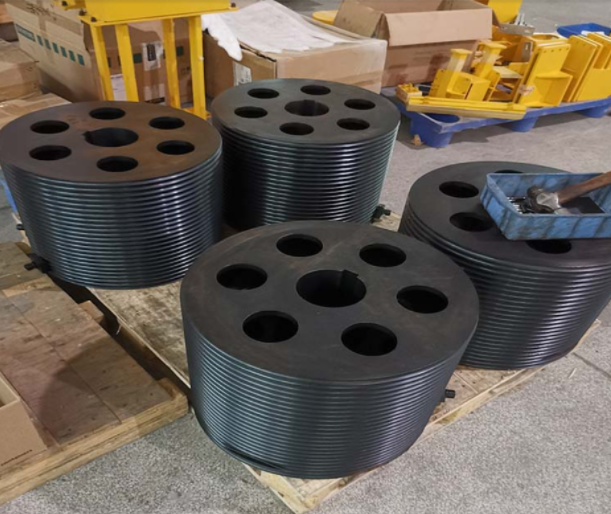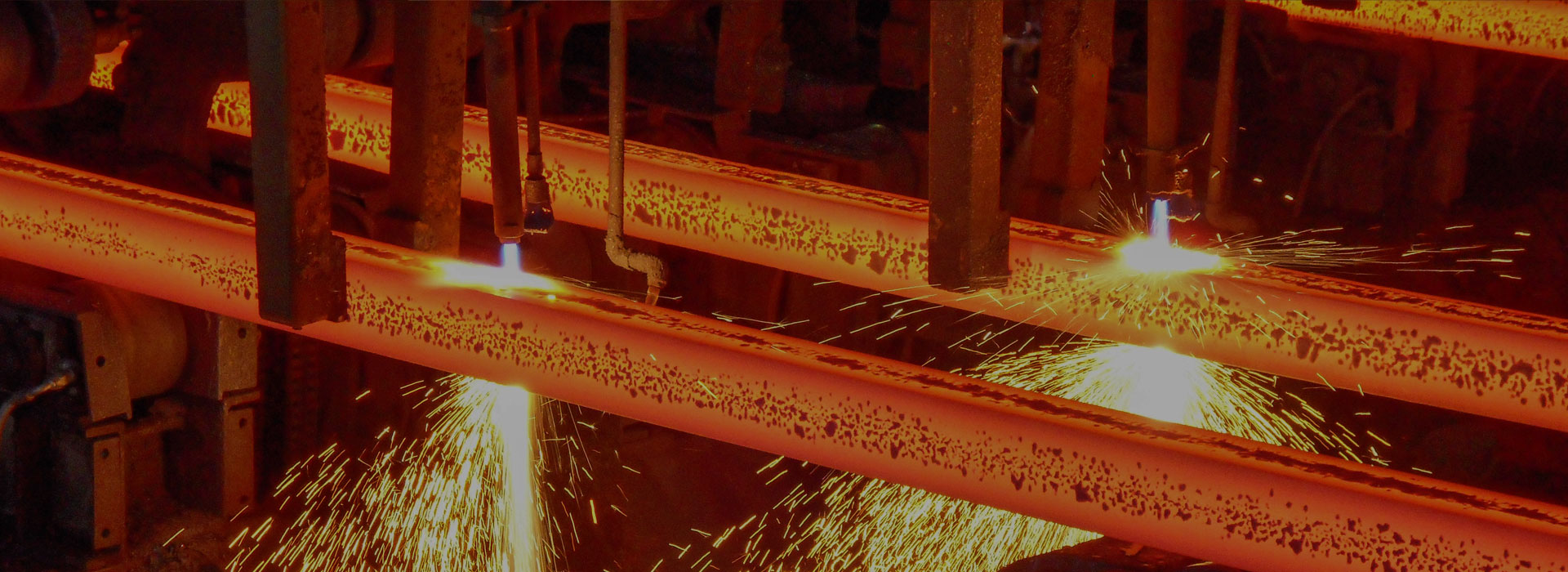Experiencing poor spheroidisation? See how ductile iron manufacturers handle it!
Ductile iron is produced through spheroidisation and inoculation treatment, which effectively improves the mechanical properties of cast iron, especially with significant enhancements in plasticity and toughness, achieving strengths higher than carbon steel.
By the 1920s, due to deeper research into the influences of key components such as carbon and silicon in cast iron, alongside other alloy elements, melting methods, and inoculation effects, considerable progress was made, leading to the emergence of so-called advanced cast iron.Ductile iron manufacturers place great importance on the spheroidisation process. So, if poor spheroidisation occurs during this process, how should we address it?
1. Poor spheroidisation1. The residual amount of spheroidising elements is too low; more stable spheroidising agents can be selected.
2. Oxidation of the iron liquid must be prevented; ensure that raw materials and auxiliary materials are clean, free from oil and rust.
3. If the sulphur content in the raw iron liquid is high, ductile iron manufacturers can use low-sulphur raw and auxiliary materials, employing desulphurisation methods both inside and outside the furnace, ensuring that the interface of the molten iron is well-separated and that grey cast iron liquid does not mix in.
4. The furnace charge contains elements that reverse spheroidisation; in addition to the trace elements mentioned earlier, attention should also be paid to electroplating materials, aluminium chips, and lead-based coatings.
5. Poor inoculation effects; inoculation can be strengthened or secondary inoculation can be employed.
6. Regarding the state of the molten iron, the sulphur and oxygen content must be minimised, with appropriate processing temperatures.
Spheroidisation decline :1. The amount of spheroidising agent is relatively low; we can appropriately increase the amount of spheroidising agent based on the sulphur content in the molten iron to ensure a suitable residual amount.2. The sulphur content in the original molten iron is high; the sulphur content in the iron liquid can be appropriately reduced.3. Insufficient coverage and slag removal; coverage and slag removal need to be strengthened, while also reducing the "re-sulphurisation phenomenon."4. If the spheroidisation treatment is left standing for too long, ductile iron manufacturers should control the time between completing spheroidisation and pouring, ideally within 15 minutes, with the best time being around 10 minutes.




